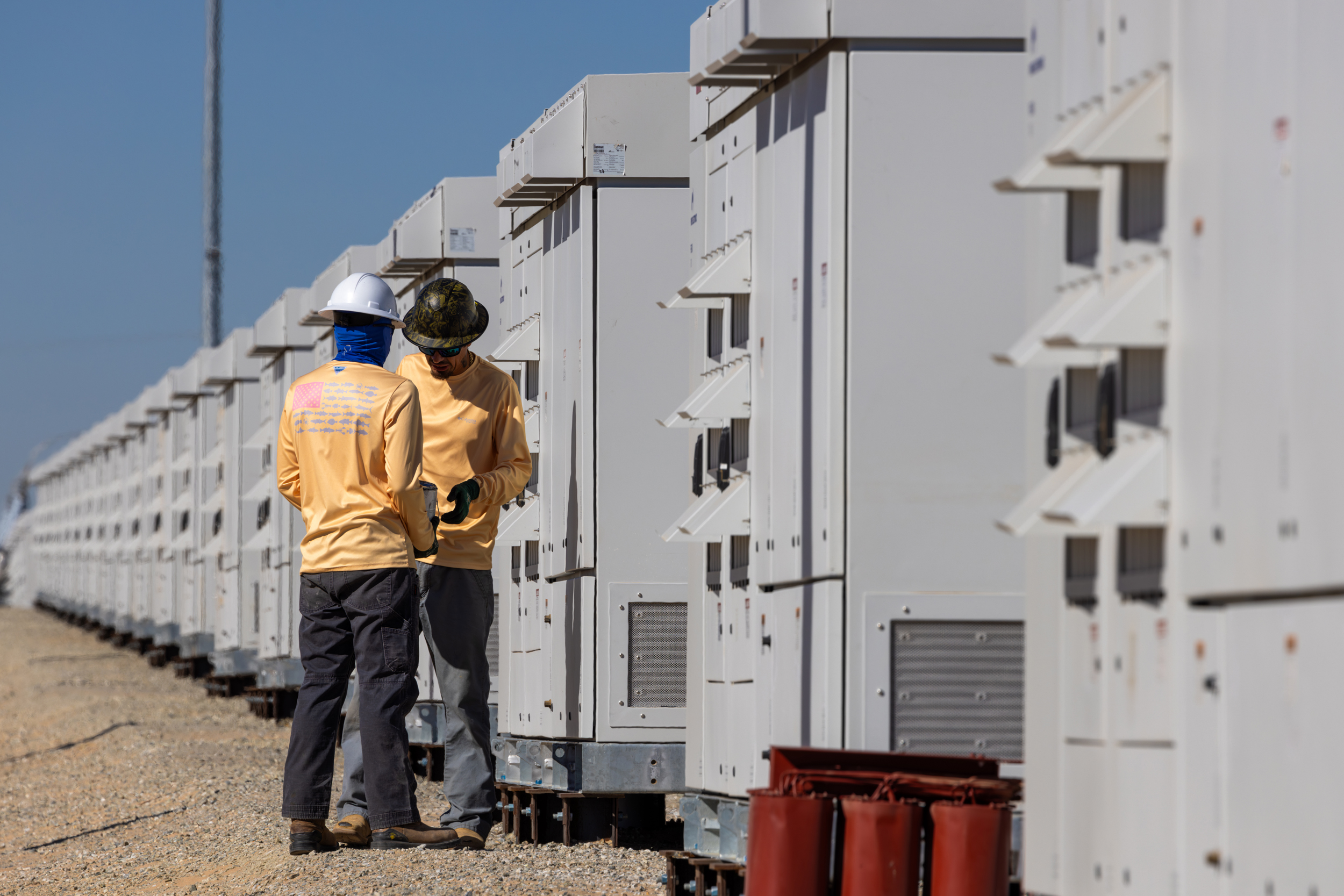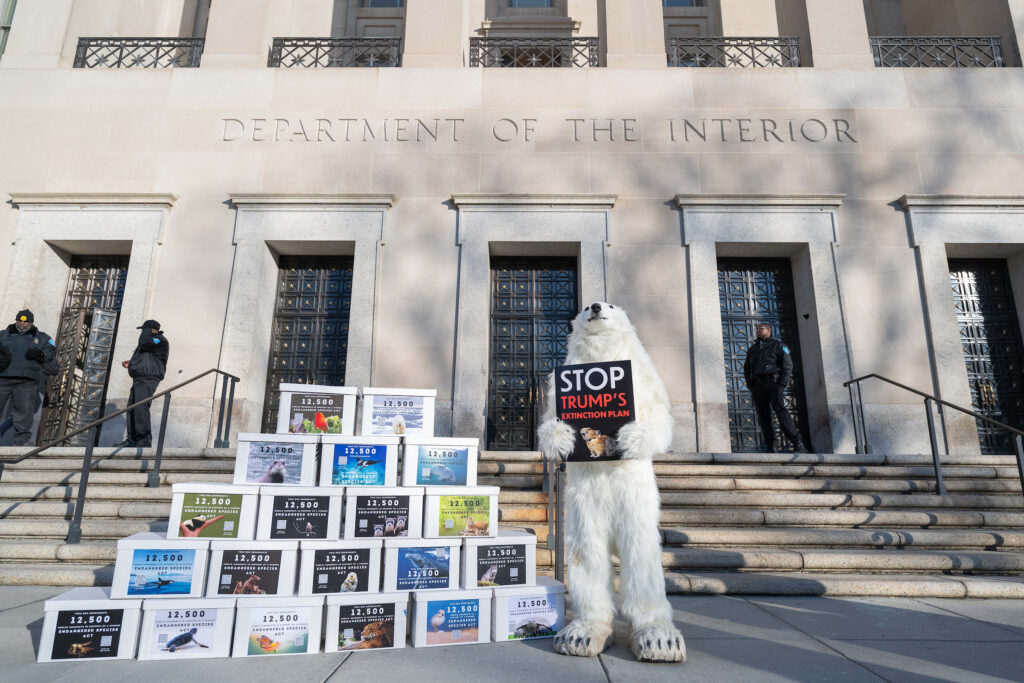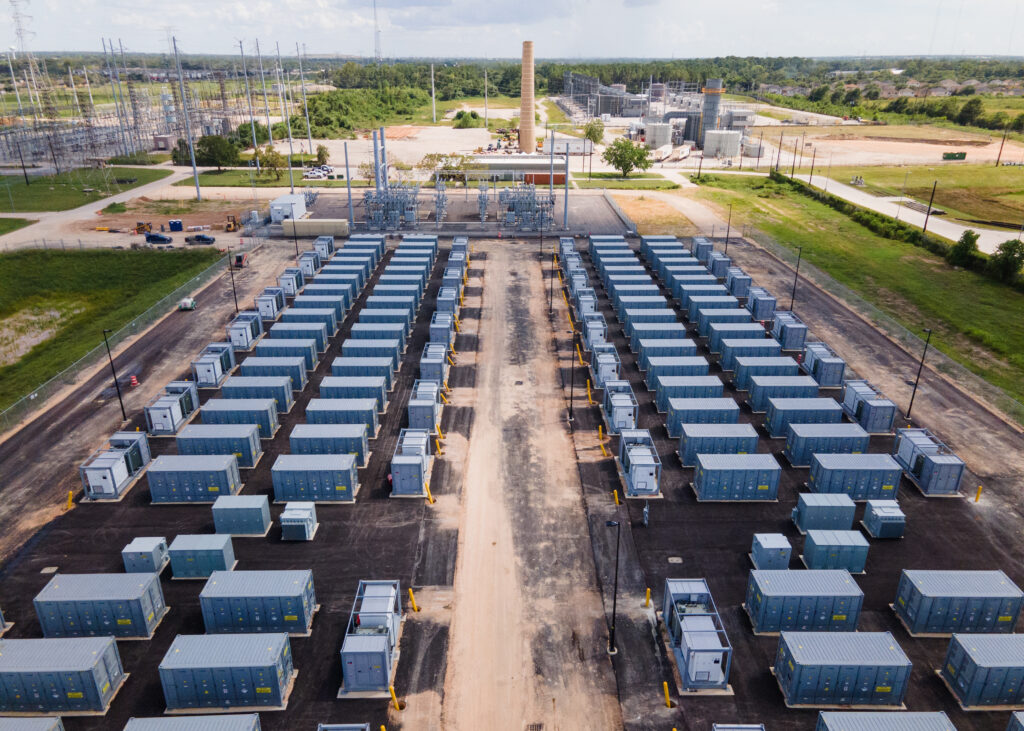Skyrocketing electricity bills are the political punching bag of the moment, with elected officials pointing fingers at everything from utility profits to data centers to clean energy policies, and voters across the country left confused about who to blame for rates that jumped by more than double the rate of inflation in the past year.
On Monday, a paper from Lawrence Berkeley National Laboratory joined the fray, attempting to provide some answers about trends in retail electricity rates from 2019 to 2024.
The researchers, none of whom were authorized to talk to the press during the government shutdown, looked at U.S. utility rates across the lower 48 states and tried to identify patterns in those that saw increases and decreases.
While national average electric rates tracked with inflation over the study period, 17 states saw inflation-adjusted rates go up, with California, Hawaii, Connecticut, Massachusetts, Maine, Rhode Island and New York topping the list. Across the country, the researchers found correlations with increased utility distribution and transmission spending and rising rates. That tracks with prior research from LBNL showing that distribution-related capital expenses rose by 50 percent from 2019 to 2023 to make up half of all national utility spending.
In a smaller subset of states, the researchers found utility spending on disaster recovery and mitigation to be associated with higher electricity rates, a trend that was most dramatic in California, where increased wildfire spending from 2019 to 2024 added about 4 cents per kilowatt hour to rates and caused bills to rise an average of $30 a month.
Renewable portfolio standards that require states to clean up their grids were associated with smaller rate increases, especially in the mid-Atlantic and New England where these policies added as much as 1 cent per kWh to prices.
But that doesn’t mean President Donald Trump is right about wind and solar power raising rates across the country. While renewable portfolio standards require utilities to buy clean power even when it’s not the most competitive fuel on the market, they only account for about 25 percent of utility-scale wind and solar growth between 2019 and 2024. The other 75 percent of “market-based” wind and solar that came online outside of RPS programs during that period does not appear related to electricity price increases, and in fact, some evidence from more recent years suggests that it reduced retail prices, the authors note.
The researchers also found increasing electricity sales to be associated with a downward trend in prices during the study years, for example in North Dakota, where a bump in commercial and industrial buyers spread the cost of maintaining the grid over more customers.
That’s an interesting finding for those watching the accelerating spike in electricity demand driven by data centers. The authors note, however, that the savings mainly went to corporate customers, not residential ones, and in the future, demand from data centers could outpace supply and delivery infrastructure, driving prices up rather than down.
In fact, that’s already happening in some parts of the country. Eric Gimon, a senior fellow with Energy Innovation, said in parts of Maryland and Virginia serviced by grid operator PJM, a boom in data centers is already contributing to high wholesale electricity prices and high transmission charges that are spiking residential electric rates.
“Going forward, [data centers] are going to make it even worse,” he said, as a supply of electricity that can’t keep up with demand increases prices. “PJM is worried that they’re going to be something like 30 gigawatts short in the next few years.”
The authors used a statistical model to isolate different potential drivers of state-level retail price changes and estimate their effects. Long Lam, an energy analyst at the Brattle Group consulting company who worked with the researchers on a series of powerpoints with analysis of the paper, said the study could identify patterns and correlations but could not explain the cause of electricity price increases.
“This is a study that looks at the trends in the electricity prices across the U.S.,” he said. “It’s not a causal analysis. It’s not trying to explain the direction of the trends that we are seeing.”
Still, he said, there are certain relationships that are pretty well known. Take, for example, fluctuations in natural gas prices, which powered about 43 percent of U.S. electricity in 2024, and drove price swings in states with high percentages of natural gas-generated electricity on the grid.
“We know that if a state or utility relies on gas generation in order to meet demand for electricity, then the price of natural gas is going to drive the price for electricity, as that increase in gas price is going to be passed on to the end users,” said Lam. The study suggests that the Ukraine-Russia war drove a 1 cent per kWh average price increase in the 10 states with the most gas exposure on their grids from 2021 to 2023. States that saw the highest increases due to gas price spikes, like New Hampshire, Louisiana and Maine, also saw the largest decreases when gas prices fell back down.
The impact of something like net metering for residential customers—where utilities compensate rooftop solar owners for the energy they send back to the grid—is a little less clear. The study found an association between net metering programs that reduced demand 5 percent in places like California, Maine and Rhode Island and average electricity rate increases of 1 cent per kWh.
That aligns with findings from the California Public Advocates Office, which argues that California’s rooftop solar program cost non-solar customers $8.5 billion in 2024, as utilities shift the costs of grid maintenance to a smaller group of customers when they lose sales to solar.
The new study suggests that reduced sales from net metering increased prices, but, the authors wrote, since high rates of solar adoption in California are at least partly a response to electricity price increases, they can’t attribute exact causation.
Richard McCann, a researcher who authored a white paper on behalf of a solar and storage trade group in 2024 arguing that rooftop solar saved California $2.3 billion that year, said the study overlooked the cost savings that utilities gain from not having to serve rooftop solar customers.
“Whatever the effect of behind the meter solar is, the analysis fails to capture the complexity,” he said.
Factors left out of the models included utility ownership structure and profit margins, which are currently outsized issues in the debate about what’s driving higher utility rates.
One way investor-owned utilities, which make up 70 percent of the market in California, earn money is by seeking profits as a percentage of capital investments, like transmission and distribution upgrades, which they charge to ratepayers’ utility bills. Experts like former California utility executive Mark Ellis have said the ever-increasing return on equity margins, now hovering around 10 percent in California, incentivize excessive infrastructure investments and drive high rates. He’s argued such profit margins need to be reigned in to under 6.7 percent, below the long-term forecasted returns for the stock market.
The paper notes that prices charged by investor-owned utilities are higher and have risen faster than those of publicly owned utilities. But they left that issue for future analysis, since the current study was focused on state level trends.
About This Story
Perhaps you noticed: This story, like all the news we publish, is free to read. That’s because Inside Climate News is a 501c3 nonprofit organization. We do not charge a subscription fee, lock our news behind a paywall, or clutter our website with ads. We make our news on climate and the environment freely available to you and anyone who wants it.
That’s not all. We also share our news for free with scores of other media organizations around the country. Many of them can’t afford to do environmental journalism of their own. We’ve built bureaus from coast to coast to report local stories, collaborate with local newsrooms and co-publish articles so that this vital work is shared as widely as possible.
Two of us launched ICN in 2007. Six years later we earned a Pulitzer Prize for National Reporting, and now we run the oldest and largest dedicated climate newsroom in the nation. We tell the story in all its complexity. We hold polluters accountable. We expose environmental injustice. We debunk misinformation. We scrutinize solutions and inspire action.
Donations from readers like you fund every aspect of what we do. If you don’t already, will you support our ongoing work, our reporting on the biggest crisis facing our planet, and help us reach even more readers in more places?
Please take a moment to make a tax-deductible donation. Every one of them makes a difference.
Thank you,

















